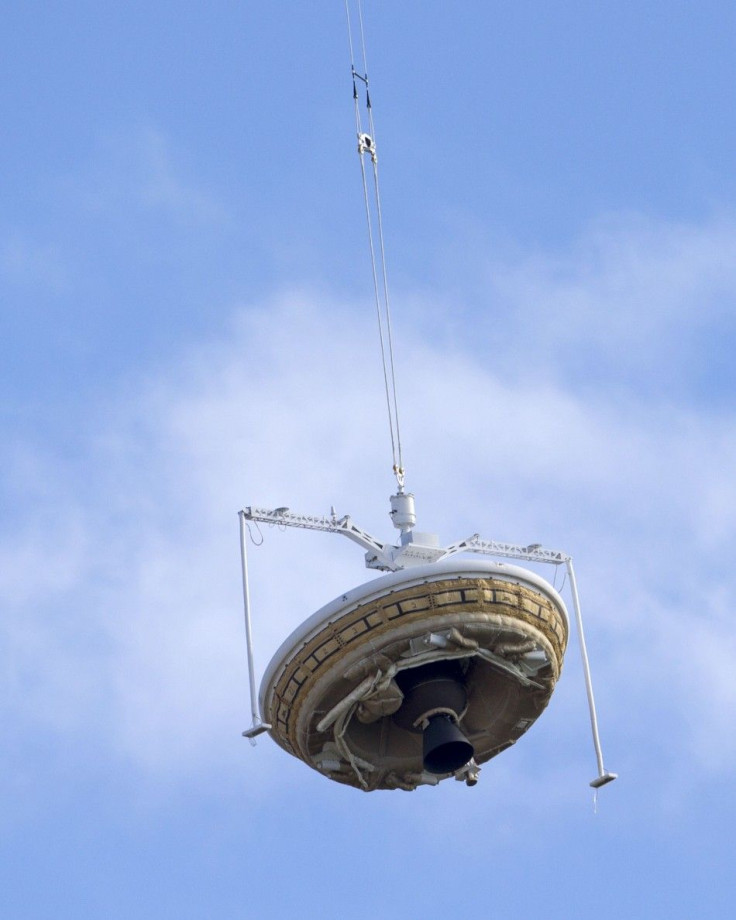12-Year-Old Boy Plans On Building The World's Fastest Glider

A 12-year-old boy, Jason Brand, is building the world's fastest glider. At a young age of 9, he, along with his father Robert Brand, a well-known space entrepreneur from Australia, launched his first balloon.
Jason has a love and passion for flying remote-controlled aircraft, which resulted in him working on high-altitude balloon launches. Jason plans to use a high-altitude balloon that will take his glider to a height of over 40 km and then release the glider there. The altitude of 40 km is also called "edge of space."
According to a press release by Project ThunderStruck, Jason's project will be controlled through video and radio links. The highest speed said to be achieved by the launch is about 1,800 km per hour. If Jason's project proves to be successful, it will be among world record books.
Robert Brand, who at the age of 17 wired most of the video and communication systems in Sydney which allowed the Apollo 11 mission to be brought to the Earth through a video, was talking to his son about a re-entry vehicle project that he was working on. Following the conversation with his father, Jason realised that he could conduct the tests of the vehicle for the transonic phase.
The press release explained that the motto of the father-son duo is "New Heights and Breaking Barriers," one of their barriers being the sound barrier. The launch of the High Altitude Balloon with the glider will be broadcast live with the help of a camera attached on the balloon and would be available for the viewers to see in April 2015.
At the age of 9, Jason passed his test to become a radio amateur operator, that too, on his very first attempt and is also a cadet in the Australian Air League. He wished to fly solo at the age of 15. Jason and his father maintain a 100 percent success rate of recovering their payloads after they launched 19 balloons. This kind of success rate has never been heard of or seen before.




















